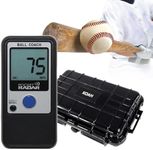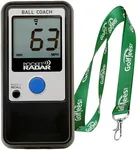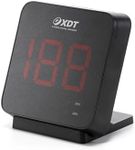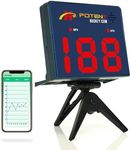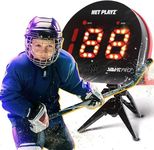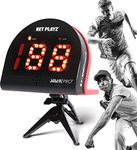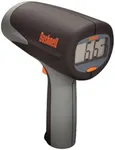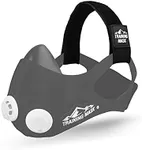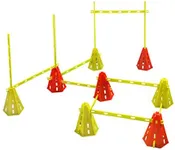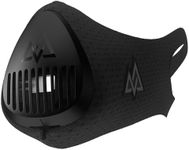Buying Guide for the Best Speed Radar For Hockey
When choosing a speed radar for hockey, it's important to understand the key specifications that will help you measure the speed of pucks accurately and reliably. A good speed radar can help players and coaches track performance, improve skills, and analyze game dynamics. Here are the key specs you should consider when selecting a speed radar for hockey.AccuracyAccuracy refers to how close the radar's measurements are to the actual speed of the puck. This is crucial because precise data is necessary for effective training and performance analysis. Accuracy is usually expressed in terms of a margin of error, such as ±1 mph. For most users, a radar with an accuracy of ±1 to ±2 mph is sufficient. If you need highly precise measurements for professional training, look for a radar with a smaller margin of error.
RangeRange indicates the maximum distance from which the radar can accurately measure the speed of a puck. This is important because it determines how far away you can be from the action while still getting reliable readings. Ranges can vary widely, from about 30 feet to over 100 feet. For most hockey training and games, a range of 50 to 75 feet is usually adequate. If you need to measure speeds from a greater distance, look for a radar with a longer range.
Speed RangeSpeed range refers to the minimum and maximum speeds that the radar can measure. This is important because it ensures the radar can capture the full spectrum of puck speeds, from slow passes to fast shots. Typical speed ranges for hockey radars are from 5 mph to 150 mph. Ensure the radar you choose covers the speeds you expect to measure. For youth hockey, a lower maximum speed might be sufficient, while professional levels may require higher maximum speeds.
DisplayThe display is where the measured speed is shown. A clear, easy-to-read display is important for quickly seeing and recording speeds. Displays can be digital or LED, and some models offer backlighting for better visibility in low-light conditions. Choose a radar with a display that is large and bright enough to be seen from a distance, especially if you will be using it in various lighting conditions.
PortabilityPortability refers to how easy it is to transport and set up the radar. This is important if you plan to use the radar in different locations or need to move it frequently. Portable radars are typically lightweight and may come with carrying cases. Consider how often you will need to move the radar and choose a model that is easy to carry and set up quickly.
DurabilityDurability is about how well the radar can withstand regular use and potential impacts. This is important because hockey environments can be tough, with pucks flying at high speeds and potential for rough handling. Look for radars made with sturdy materials and those that are designed to be impact-resistant. If you expect heavy use, investing in a more durable model can save you from frequent replacements.
Additional FeaturesAdditional features can enhance the functionality and convenience of the radar. These might include memory storage for recording multiple speeds, Bluetooth connectivity for syncing with apps, or tripod mounts for stable positioning. Consider what extra features might be useful for your specific needs. For example, if you want to track progress over time, a radar with memory storage would be beneficial.
